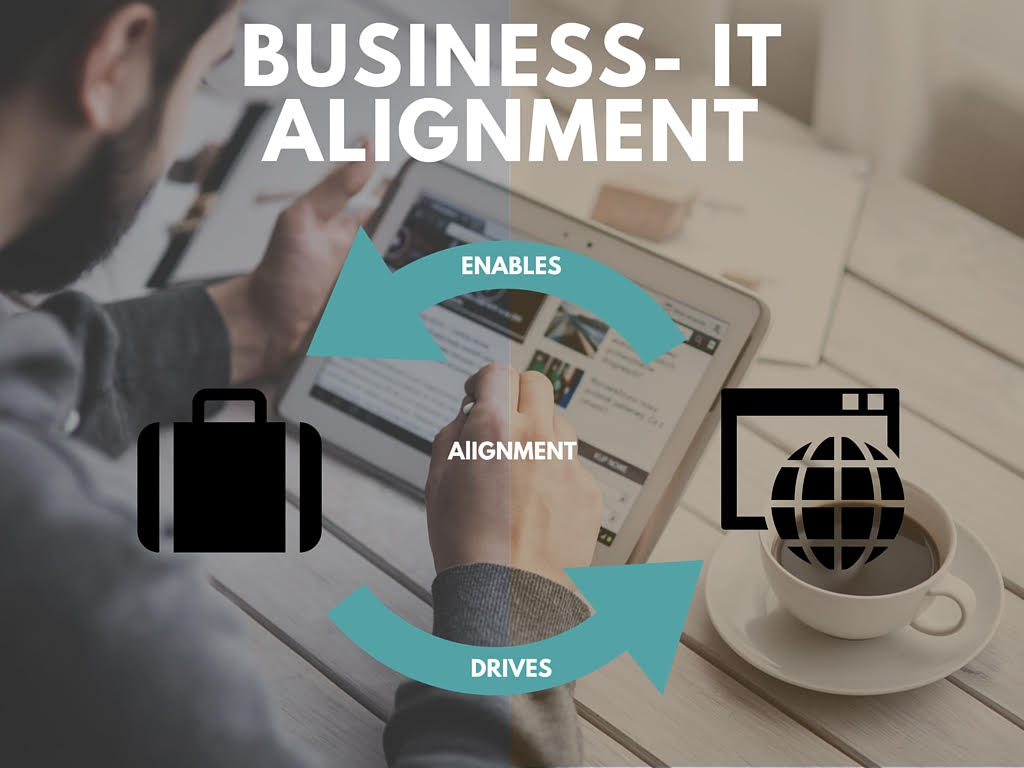The CIOs of today and tomorrow are looking very different than the ones from ten, five or even two years ago. The role of the Chief Information Officer could be considered the most evolving executive position right now. In fact, 56 percent of CIOs identify their roles as transformational.
This year, the role will continue to change and develop, but there are significant characteristics that stand out. Expect the most successful, modern CIOs of 2016 to be:
Communicators
Organizational silos are being knocked down to create more open and collaborative exchanges between executive structures. Being able to easily communicate with other departments, customers and constituents of an organization is crucial for today’s CIOs. Therefore, the stereotype of a socially awkward, computer geek as an IT leader is even more unrepresentative now.
Modern CIOs are more accustomed to speaking to small and large-sized audiences through wireless presentation software and other means. Because they are interacting with several different professionals, there is a higher level of expectation to be able to express complex ideas in ways that anyone can understand.
Innovators
Instead of simply being the person that makes sure the technology is operating and the go-to person when something is broken, CIOs are being given much more influence. More than half of CIOs in a survey by CIO.com responded that they see themselves as “drivers of innovation” in the workplace.
The executive team is increasingly looking to tech leaders for insights into the latest business trends and tools that can give them a competitive edge. On the other hand, modern CIOs are searching out opportunities to improve business processes and performance through tech.
Risk Takers
In the past, CIOs may have had less influence in overall business decision-making. Now, their role is one that permeates almost every aspect of an organization. Several different departments like marketing, human resources and many more━as well as CEOs━are beginning to consult them for advice on business investments and other decisions. Forward-thinking CIOs are embracing this new trust by being less restricted in their investments. For example, instead of simply budgeting to upgrade old hardware, they are exploring new tech options like cloud, Bring-Your-Own-Devices (BYOD), and wearable devices.
This doesn’t mean that modern CIOs are more likely to jump blindly into business deals and other negotiations. Instead, it means that they are more willing to invest in newer technologies and consider strategies that may have never been considered before.
Collaborators
CIOs have become an unlikely driver of collaboration in the workplace. This is because of the vast amount collaboration tools and technology available. Technology like Google Drive, Salesforce, Ubiq, Dropbox, and dozens more have made it easier than ever for people to work together from anywhere. Since technology is helping to bring workplaces together, CIOs are one of the primary resources that executives seek out when forming and launching company collaboration initiatives.
The role of CIO is one that will continue to change and evolve every year. In 2016, modern IT leaders will be more collaborative and innovative. They will be more open to new ideas and communicate their own ideas better than those before them. Lastly, the CIOs that take note of the changing environment and adapt are the ones that will be the most effective tech leaders.
Want to set up a wireless Conference Room?Try Now


